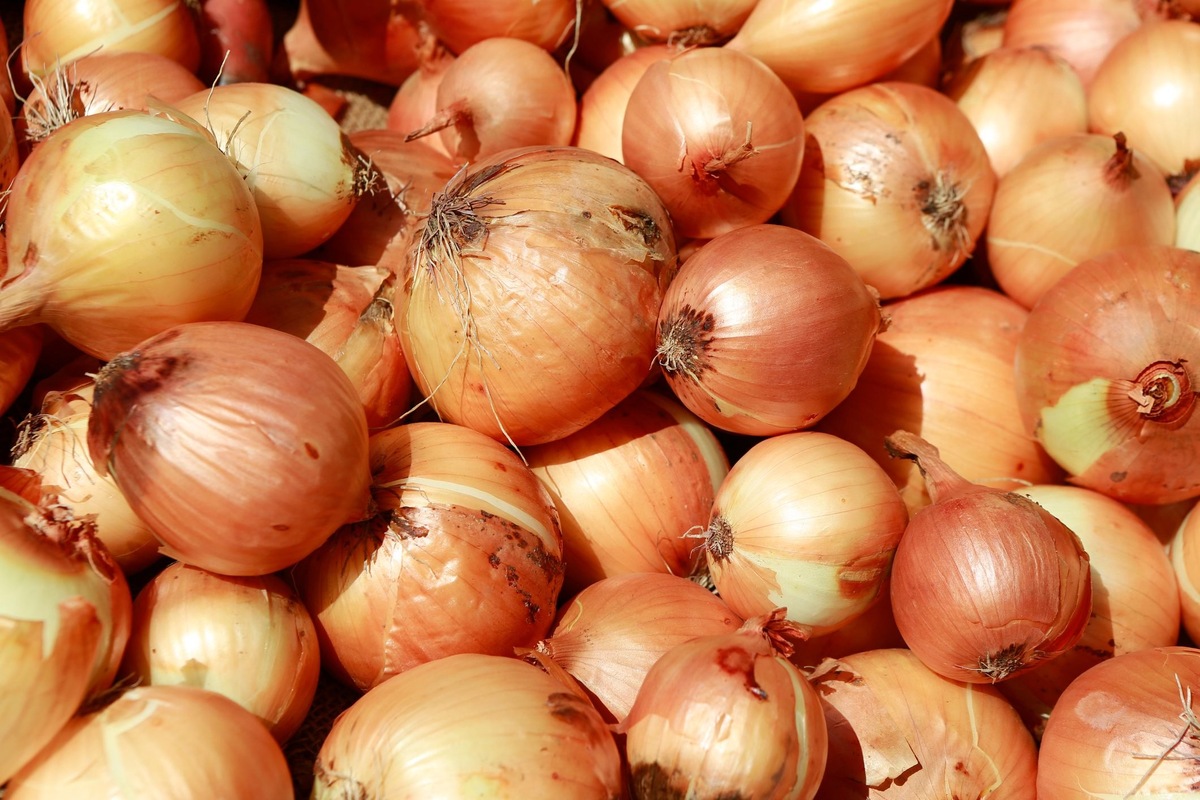

Articles
How To Store Yellow Onions
Modified: February 27, 2024
Learn the best methods for storing yellow onions in this helpful article. Keep your onions fresh and flavorful with these tips.
(Many of the links in this article redirect to a specific reviewed product. Your purchase of these products through affiliate links helps to generate commission for Storables.com, at no extra cost. Learn more)
Introduction
Yellow onions are a versatile and flavorful ingredient used in various cuisines around the world. These onions have a mellow taste and a golden-yellow skin, making them a popular choice for cooking and adding depth of flavor to dishes. Whether you grow your own yellow onions or buy them from a grocery store or local market, knowing how to properly store them is essential to maximize their shelf life and maintain their quality over time.
Proper storage of yellow onions not only ensures their freshness but also reduces waste and saves you money in the long run. In this article, we will explore the best practices for storing yellow onions, including selecting and purchasing, preparing for storage, ideal storage conditions, and extended storage options. By following these guidelines, you can enjoy the rich flavor of yellow onions for an extended period, ensuring they are always readily available in your kitchen.
Key Takeaways:
- Extend the life of your yellow onions by choosing firm, dry ones and storing them in a cool, dark, and well-ventilated area. Regularly inspect and rotate them to ensure freshness and minimize waste.
- Consider freezing, drying, canning, or even onion braiding for extended storage of yellow onions. Experiment with these methods to preserve their flavor and versatility for months to come.
Read more: How To Store Onions
Selecting and Purchasing Yellow Onions
When it comes to selecting and purchasing yellow onions, there are a few key factors to consider that will contribute to their storage and long-term quality. Here are some tips to keep in mind:
- Size and Firmness: Choose yellow onions that are firm and free from soft spots or blemishes. Avoid onions that feel mushy or have signs of sprouting.
- Weight: Heavier onions are usually a good indication of freshness and moisture content. Pick onions that feel heavy for their size.
- Appearance: Look for onions with a dry outer skin that is papery and free from mold or signs of decay. The skin should be golden-yellow and tightly wrapped around the onion. Avoid onions with green sprouts as this indicates they are past their prime.
- Aroma: While yellow onions are known for their pungent smell, avoid onions with an overpowering or foul odor, as this may suggest spoilage.
- Local and Seasonal: Whenever possible, try to buy locally grown yellow onions. Not only will they likely be fresher, but they will also support local farmers and reduce transportation and storage time.
When purchasing yellow onions, consider buying in bulk if you plan to store them for an extended period. However, be mindful of the quantity you will consume within the recommended storage timeframe to prevent any waste or spoilage. It’s also a good idea to inspect each onion individually before buying to ensure you only bring home the best-quality ones.
Remember, the quality of the yellow onions you select will directly impact their storage life. By choosing the freshest and highest-quality onions, you can ensure they stay flavorful and retain their nutritional value during storage.
Preparing Yellow Onions for Storage
Before storing yellow onions, it’s important to properly prepare them to prolong their shelf life and maintain their quality. Follow these steps to prepare yellow onions for storage:
- Remove Excess Dirt and Debris: Gently brush off any excess dirt or debris from the onions’ outer skin. Avoid using water to clean them, as moisture can promote spoilage.
- Cut or Trim Any Damaged Parts: Inspect each onion and discard any that show signs of rot, mold, or damage. Cut off any sprouted or green parts, as these can affect the quality of the onions during storage.
- Cure Onions: Curing onions is an essential step that helps remove excess moisture and toughen their outer layers. Place the onions in a well-ventilated area with low humidity, and let them sit for about one to two weeks. This process allows the onions to develop a protective layer, extending their shelf life.
- Separate Onions: If possible, avoid storing onions in direct contact with each other. This prevents the spread of any potential spoilage and helps maintain their individual freshness. Consider using onion bags, baskets, or breathable containers for storage.
Taking the time to properly prepare yellow onions before storage will help minimize the risk of spoilage and ensure their longevity. The curing process, in particular, is crucial as it toughens the outer layers and creates a barrier against moisture. By following these steps, you can maximize the shelf life of your yellow onions and enjoy their flavorful taste for an extended period.
Ideal Storage Conditions for Yellow Onions
To maintain the quality and freshness of yellow onions, it’s important to store them in the proper conditions. The ideal storage conditions for yellow onions include:
- Temperature: Yellow onions should be stored in a cool location, preferably between 45-55°F (7-13°C). This temperature range helps slow down the aging process, preventing the onions from sprouting or becoming soft.
- Humidity: Proper humidity levels are essential to prevent excess moisture that can lead to rotting. Aim for humidity levels between 65-70%. Too much humidity can cause onions to sprout or become moldy, while low humidity can cause them to dry out.
- Air Circulation: Good air circulation is crucial to prevent the build-up of moisture and maintain the freshness of yellow onions. Ensure there is adequate ventilation in the storage area to allow proper airflow.
- Light: Yellow onions should be stored in a dark location to prevent them from sprouting or turning green. Exposure to light can stimulate the production of chlorophyll, leading to undesirable changes in flavor and texture.
It’s important to note that storing yellow onions alongside other fruits and vegetables can impact their quality. Onions release ethylene gas, which can accelerate the ripening process of nearby produce. To avoid this, store onions separately or with other ethylene-producing vegetables like potatoes.
If you don’t have a suitable storage area that meets these ideal conditions, there are alternative storage methods that can help extend the shelf life of yellow onions. Consider options such as refrigeration or storing in a pantry. By providing the proper environment for yellow onions, you can ensure they stay fresh and flavorful for a longer period, ready to enhance your culinary creations.
Storing Yellow Onions in a Cool, Dry Place
One of the most common and effective methods of storing yellow onions is in a cool, dry place. This method helps maintain their quality and freshness for an extended period. Here’s how to properly store yellow onions in a cool, dry place:
- Select an Appropriate Storage Location: Choose a cool and dry area in your home for onion storage. This can be a pantry, a basement, or a cellar. The temperature of this area should range from 45-55°F (7-13°C).
- Prepare the Storage Area: Ensure the chosen storage area is clean, well-ventilated, and free from excessive moisture. It should also be away from direct sunlight and any sources of heat.
- Place the Onions: Arrange the yellow onions in a single layer on a wire mesh rack, slatted shelves, or a wooden crate. Make sure there is enough space between each onion to allow for air circulation.
- Monitor the Environment: Regularly check the storage area for any signs of spoilage, such as mold or softening onions. Remove any onions that show signs of deterioration to prevent them from affecting the others.
- Rotate the Onions: As time passes, rotate and use the older onions first. This way, you can ensure that none of the onions go to waste. Proper rotation helps maintain a fresh supply of onions while preventing any potential spoilage.
Storing yellow onions in a cool, dry place helps slow down the aging process, preventing sprouting or softening. The controlled temperature and low humidity create an optimal environment for long-term storage. By following these steps, you can extend the shelf life of your yellow onions and have them readily available for cooking whenever you need them.
Read more: How To Store Garlic And Onions
Storing Yellow Onions in the Pantry
If you don’t have access to a cool and dry storage area, an alternative option for storing yellow onions is in the pantry. While the pantry may not offer the same ideal conditions as a cool storage place, with a few precautions, you can still successfully store yellow onions and keep them fresh for a reasonable amount of time. Here’s how to store yellow onions in the pantry:
- Select a Suitable Spot: Choose the coolest and darkest corner of your pantry for onion storage. This area should still be dry and have good air circulation.
- Prepare the Storage Location: Clean the pantry shelves and ensure they are free from moisture. Remove any items that can release moisture or ethylene gas, such as fruits, as this can negatively affect the onions.
- Choose an Onion Container: Opt for a breathable container like a mesh bag, a wicker basket, or a paper bag to store your yellow onions. These containers allow adequate airflow, preventing moisture build-up.
- Separate the Onions: Place the yellow onions in the chosen container, making sure to keep them separate from other produce. This helps prevent the spread of moisture and contamination.
- Monitor the Onions: Periodically check the stored onions for any signs of spoilage, such as softening, mold, or sprouting. Remove any spoiled onions promptly to avoid affecting the others.
Storing yellow onions in the pantry is a convenient option for many households. While it may not offer the same longevity as a cool storage place, with proper precautions, you can still enjoy fresh and flavorful onions for a reasonable period. Remember to assess the quality of the onions regularly and use them in a timely manner to avoid waste.
Store yellow onions in a cool, dry, well-ventilated place with good air circulation. Avoid storing them in plastic bags or in the refrigerator, as this can cause them to spoil faster. Instead, keep them in a mesh bag or a basket to allow for proper air flow.
Storing Yellow Onions in the Refrigerator
While storing yellow onions in a cool and dry place is ideal, sometimes it may not be possible due to limited storage options or warm ambient temperatures. In such cases, storing yellow onions in the refrigerator can be a suitable alternative. However, it’s important to note that refrigeration can cause some changes in the texture and flavor of onions. Here are some guidelines for storing yellow onions in the refrigerator:
- Preparation: Before storing, ensure that the yellow onions are clean and dry. Remove any dirt or debris from the outer skin and trim off any damaged or sprouted parts.
- Wrap Individually: To prevent moisture accumulation and odors, wrap each yellow onion individually in paper towels or place them in perforated plastic bags. This will help maintain their freshness and protect them from absorbing unwanted flavors from other foods.
- Choose the Right Shelf: Store the wrapped onions in the vegetable crisper drawer or the coldest part of the refrigerator, usually the bottom shelf. The temperature in this area is cooler and more stable.
- Separate from Certain Foods: Keep the yellow onions away from foods that release moisture or odors, such as fruits, as this can lead to spoilage. Onions have a strong aroma that can affect the taste of neighboring foods.
- Monitor and Rotate: Regularly check the stored onions for any signs of spoilage. Remove any softened or moldy onions immediately to prevent them from contaminating the others. Additionally, use the older onions first, rotating and replacing them with fresh ones as needed.
While refrigeration can prolong the shelf life of yellow onions, it’s important to remember that the cold temperature can alter their texture and flavor. Refrigerated onions tend to become softer, and the cold environment can dull their taste slightly. Therefore, it’s advisable to use refrigerated onions within a few weeks to ensure the best flavor and quality.
Storing yellow onions in the refrigerator is a viable option if a cool and dry storage area is not available. Just be mindful of the changes in texture and flavor that may occur and plan accordingly to use the onions within a reasonable time frame.
Storing Yellow Onions in a Dark, Ventilated Area
Another effective method for storing yellow onions is in a dark, ventilated area. This storage option helps maintain the quality and flavor of the onions by providing them with the right balance of darkness and airflow. Here’s how to store yellow onions in a dark, ventilated area:
- Select an Appropriate Storage Location: Choose a spot in your home that is cool, dry, and away from direct sunlight. Areas like a cellar, garage, or a well-ventilated basement can be ideal for onion storage.
- Prepare the Storage Area: Clean the storage area thoroughly, removing any debris or moisture. Ensure there is adequate ventilation to allow proper airflow around the onions.
- Use a Storage Container: Opt for a mesh bag, a wire basket, or a wooden crate with slatted sides to store your yellow onions. These containers allow air to circulate freely, preventing the build-up of moisture.
- Place the Onions: Arrange the yellow onions in a single layer inside the chosen container. Avoid stacking them on top of each other, as this can lead to excessive pressure and potential bruising.
- Check Regularly: Regularly inspect the stored onions for any signs of spoilage. Remove any onions that show signs of softening, mold growth, or sprouting. This will prevent the spread of spoilage and help maintain the freshness of the remaining onions.
Storing yellow onions in a dark, ventilated area provides a suitable environment to prolong their freshness and flavor. The darkness protects the onions from sprouting or turning green, while the ventilation helps prevent the build-up of moisture that can cause rotting. By following these steps, you can enjoy the full potential of yellow onions in your cooking for a longer period of time.
Checking and Maintaining the Stored Yellow Onions
Properly storing yellow onions is just the first step in ensuring their longevity and quality. It is essential to regularly check and maintain the stored onions to prevent spoilage and maximize their shelf life. Here are some tips for checking and maintaining your stored yellow onions:
- Inspect for Spoilage: Regularly examine the stored onions for any signs of spoilage, such as softening, mold growth, or sprouting. Remove any damaged or deteriorating onions immediately to prevent them from affecting the others.
- Separate Any Sprouted Onions: If you notice an onion starting to sprout, immediately separate it from the others. Sprouted onions become less flavorful and can impact the quality of the surrounding onions.
- Rotate the Onions: To ensure even usage and prevent waste, periodically rotate the onions. Use the older ones first and replace them with fresh ones as needed. This practice helps maintain a continuous supply of fresh onions while reducing the risk of spoilage.
- Keep the Storage Area Clean: Regularly clean and sanitize the storage area to maintain proper hygiene. Remove any debris, moisture, or rotten onions that may attract pests or contribute to spoilage.
- Avoid Exposure to Moisture: Moisture is a common enemy of stored onions as it can lead to rot. Ensure that the storage area remains dry and free from any moisture sources to prevent the onions from becoming mushy or developing mold.
- Manage Temperature and Humidity: Regularly monitor the temperature and humidity levels in the storage area. Adjust the conditions if necessary to maintain the ideal range for storing yellow onions: a temperature of 45-55°F (7-13°C) and humidity levels between 65-70%.
By regularly checking and maintaining your stored yellow onions, you can catch any signs of spoilage early on and prevent it from spreading to the rest of the batch. Proper care and attention to the stored onions will extend their shelf life, ensuring that you have a fresh supply of flavorful and nutritious onions whenever you need them.
Read more: How To Store Caramelized Onions
Extended Storage Options for Yellow Onions
While the methods mentioned earlier are suitable for short to medium-term storage of yellow onions, there are additional options available if you need to store them for an extended period. These methods can help preserve the onions’ freshness and flavor, allowing you to enjoy them for months to come. Here are a few extended storage options for yellow onions:
- Freezing: Freezing is a popular method for long-term storage. To freeze yellow onions, peel and chop them into desired sizes or slice them into rings. Place the chopped or sliced onions in a freezer-safe bag or container, removing as much air as possible. Label and date the package, then store it in the freezer. Frozen onions can be added directly to soups, stews, or cooked dishes without thawing, making them a convenient option.
- Drying: Drying yellow onions is another method to extend their shelf life. Slice the onions into thin, even pieces and spread them out on a baking sheet or a dehydrator tray. Dry them at a low temperature (around 130°F or 54°C) for several hours until they are completely dry and brittle. Store the dried onions in an airtight container in a cool, dark place. When needed, rehydrate the onions in liquid or use them directly in recipes that require a strong onion flavor.
- Canning: Canning yellow onions preserves them in jars using a heat processing method. Begin by peeling and slicing the onions, then pack them into sterilized canning jars. Cover the onions with boiling water or a canning liquid of your choice, leaving a proper headspace. Process the jars in a water bath canner according to the recommended guidelines based on the acidity level of the liquid used. Canned onions can be stored for an extended period of time at room temperature.
- Onion Braiding: If you have sufficient space and proper ventilation, you can consider onion braiding as a decorative storage option. Gather a bunch of onions by their dry stems and interweave the stems together to create a braid. Hang the braided onions in a cool, dry place, making sure they are well-ventilated. This method not only allows you to store the onions for an extended period, but it also adds a unique visual element to your kitchen.
When using extended storage methods, it’s important to note that there may be some changes in texture and flavor compared to fresh onions. Experiment with small batches and adjust cooking techniques accordingly to achieve the desired results. Properly stored yellow onions using these methods can still bring a burst of flavor and versatility to your dishes long after their harvest season.
Conclusion
Properly storing yellow onions is crucial to maintaining their freshness, flavor, and nutritional value. By following the right storage methods, you can enjoy the rich, mellow taste of yellow onions in your culinary creations for an extended period. Whether you have a cool and dry storage area, a pantry, or a refrigerator, there are options available to ensure that your onions stay fresh and flavorful.
When selecting and purchasing yellow onions, choose ones that are firm, free from blemishes, and have a dry outer skin. Curing the onions before storage helps remove excess moisture and develop a protective layer, while separating them and inspecting regularly prevent the spread of spoilage. Consider storing them in a cool, dry place such as a cellar or basement, or in a dark, ventilated area if possible.
Alternatively, if a suitable storage area is not available, you can store yellow onions in the pantry or the refrigerator. Just be mindful of the changes in texture and flavor that may occur in refrigerated onions. If you need to store yellow onions for an extended period, methods such as freezing, drying, canning, or even onion braiding can be viable options.
Ultimately, by consistently checking and maintaining the stored onions, you can catch any signs of spoilage early and ensure their longevity. Proper storage not only reduces waste but also ensures that you always have fresh, flavorful yellow onions on hand to enhance your cooking.
So, the next time you bring home a batch of beautiful yellow onions, remember the storage techniques outlined in this article. With a little care and attention, you can extend the shelf life of your yellow onions and continue to enjoy their delicious flavor in a variety of dishes throughout the year.
Frequently Asked Questions about How To Store Yellow Onions
Was this page helpful?
At Storables.com, we guarantee accurate and reliable information. Our content, validated by Expert Board Contributors, is crafted following stringent Editorial Policies. We're committed to providing you with well-researched, expert-backed insights for all your informational needs.
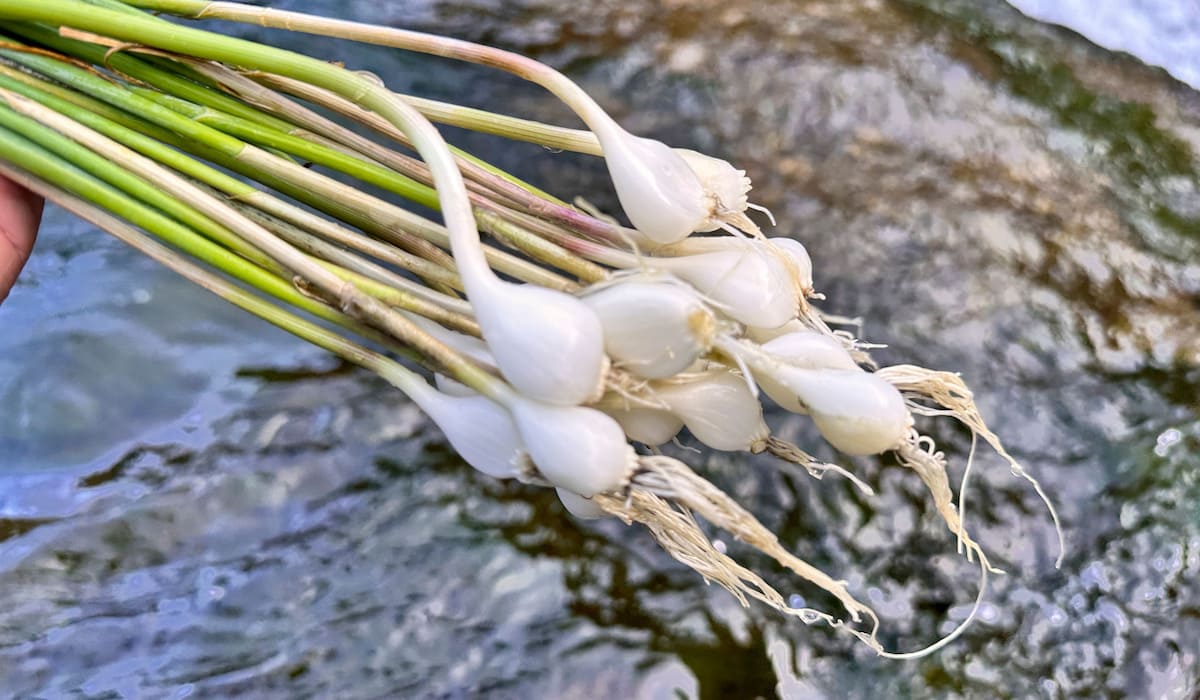
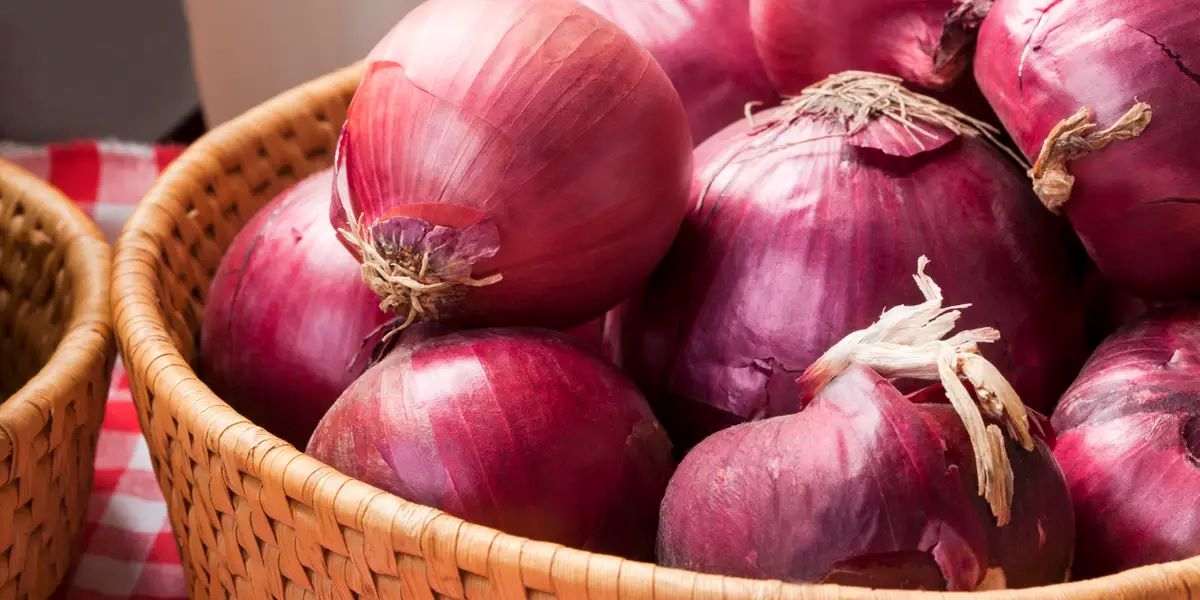
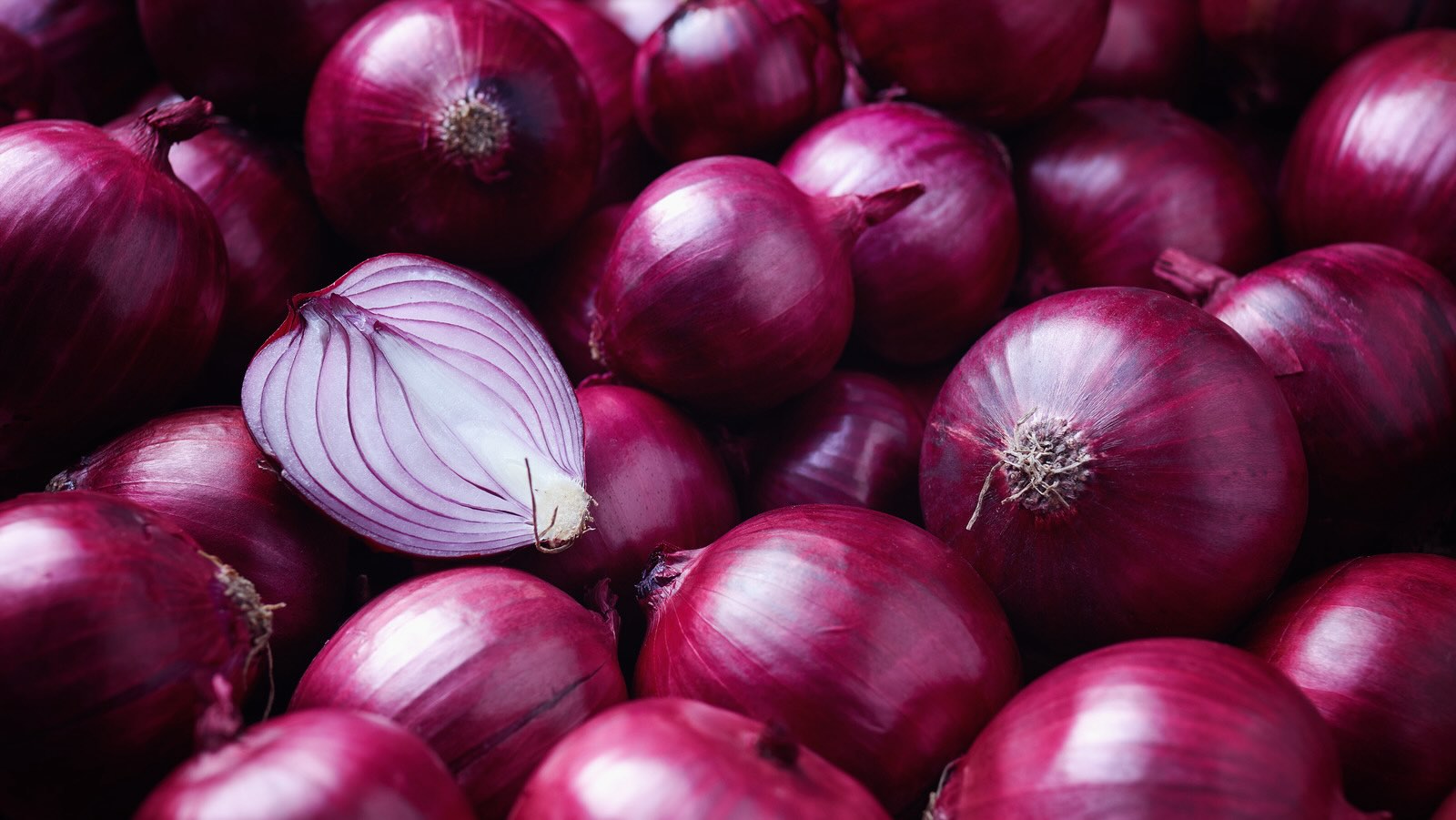

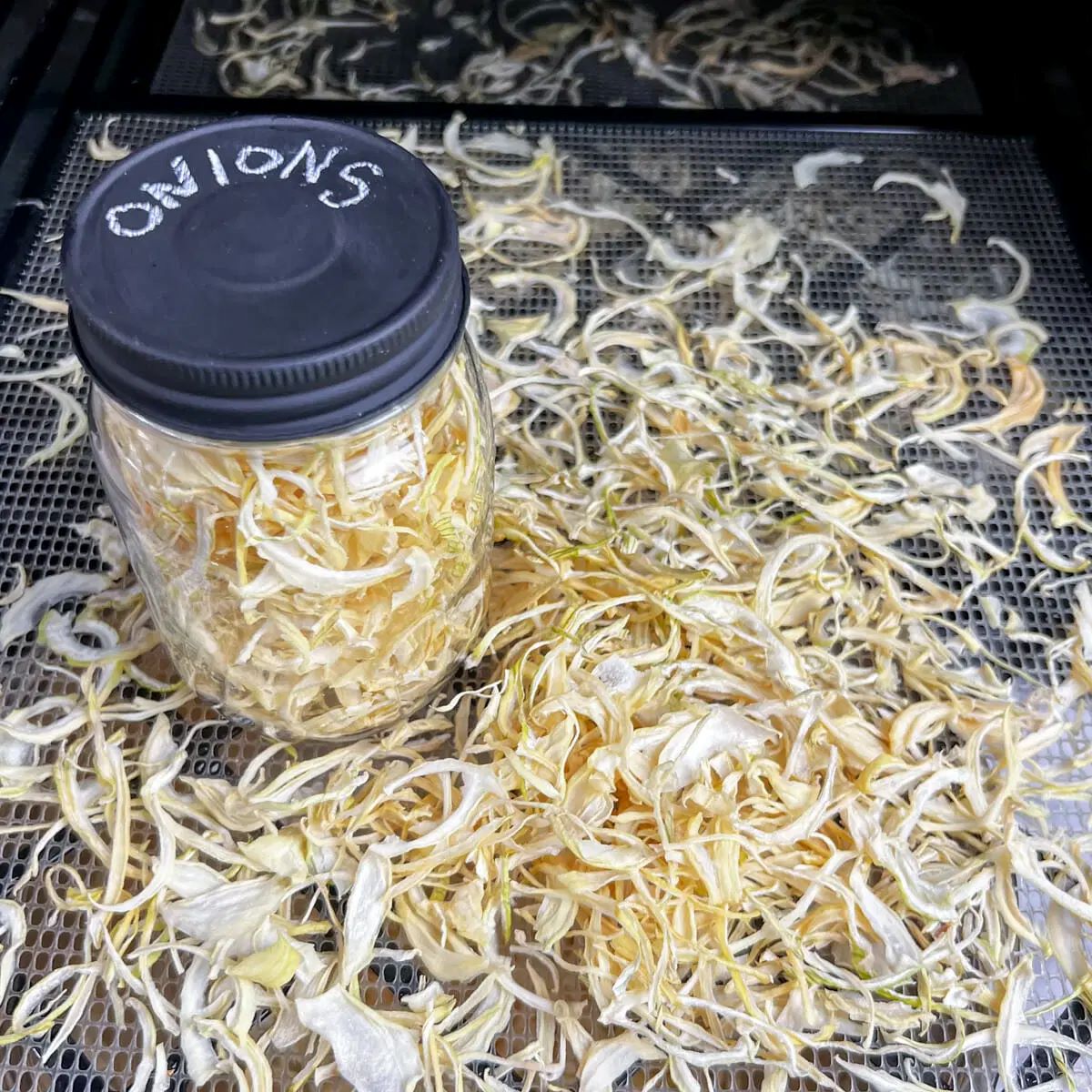
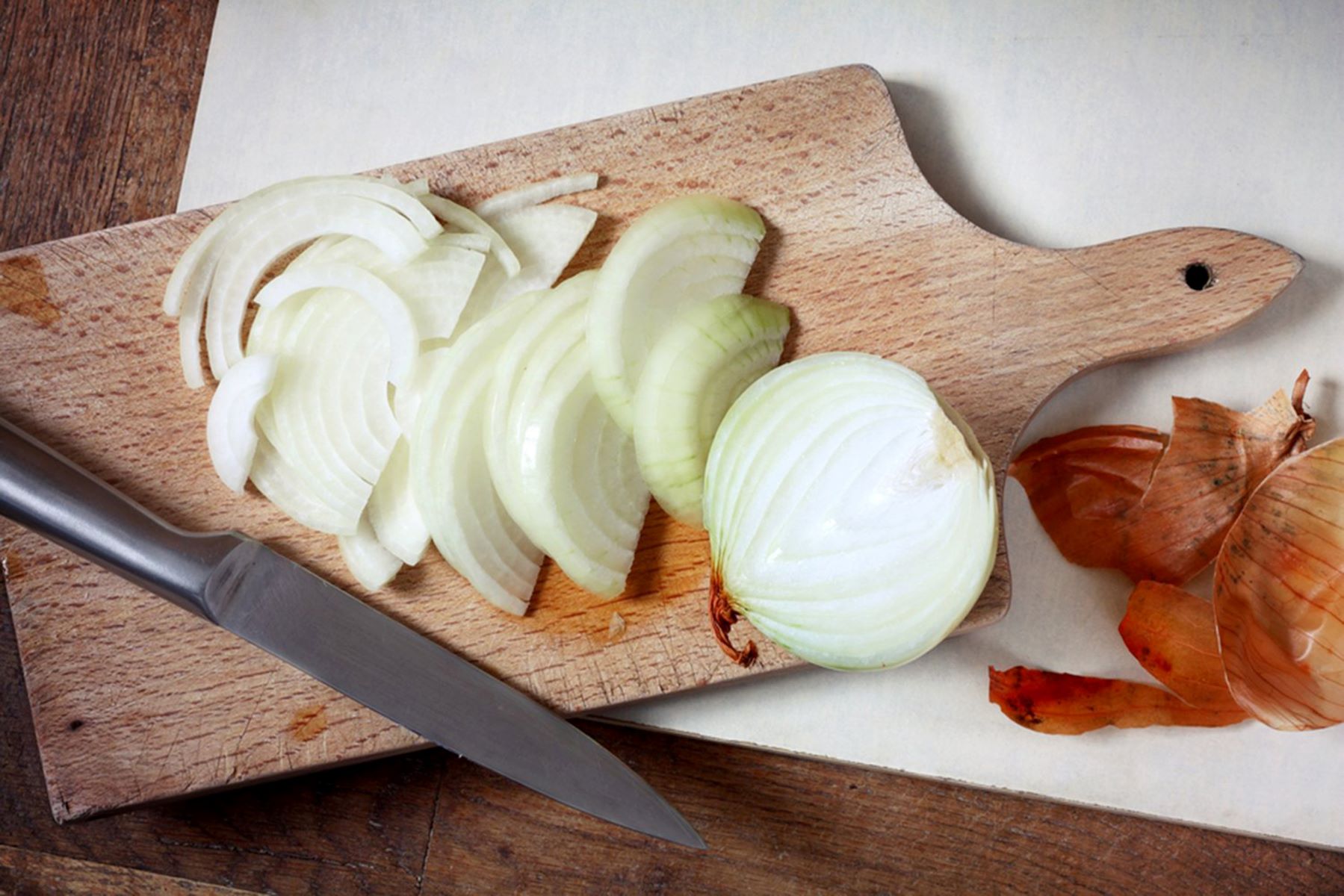
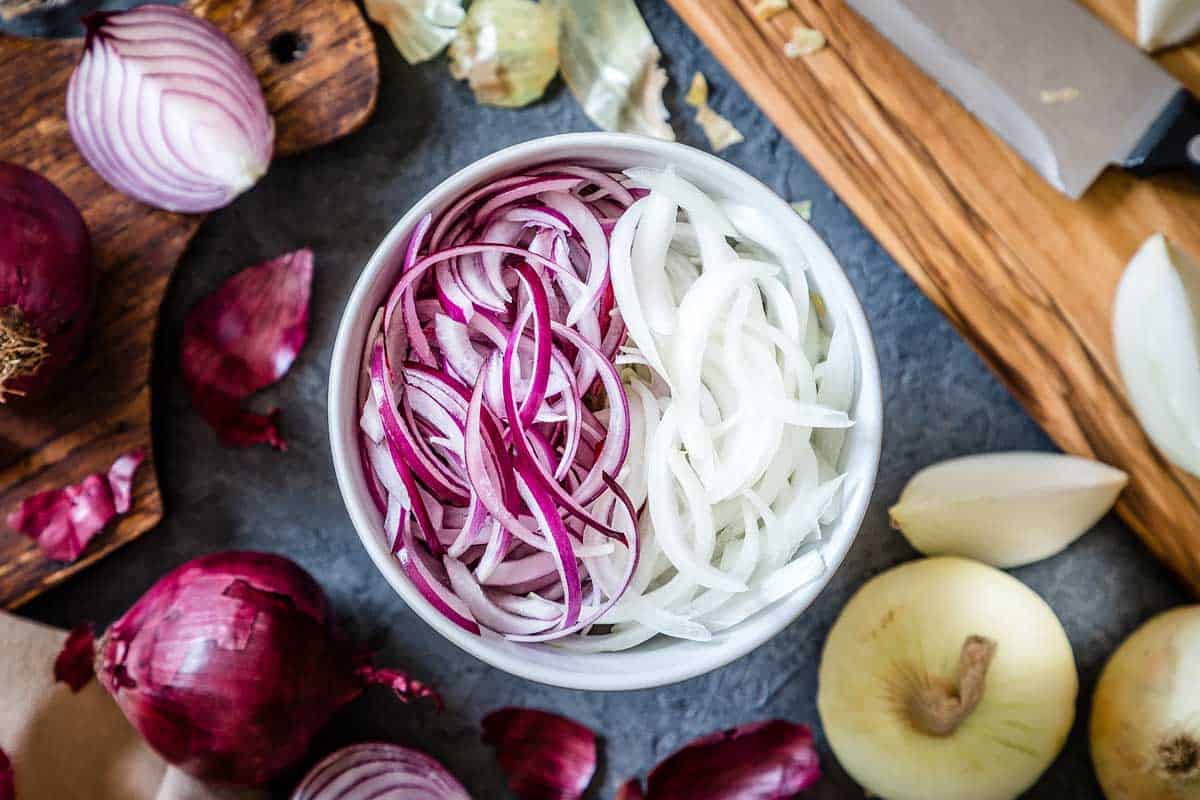
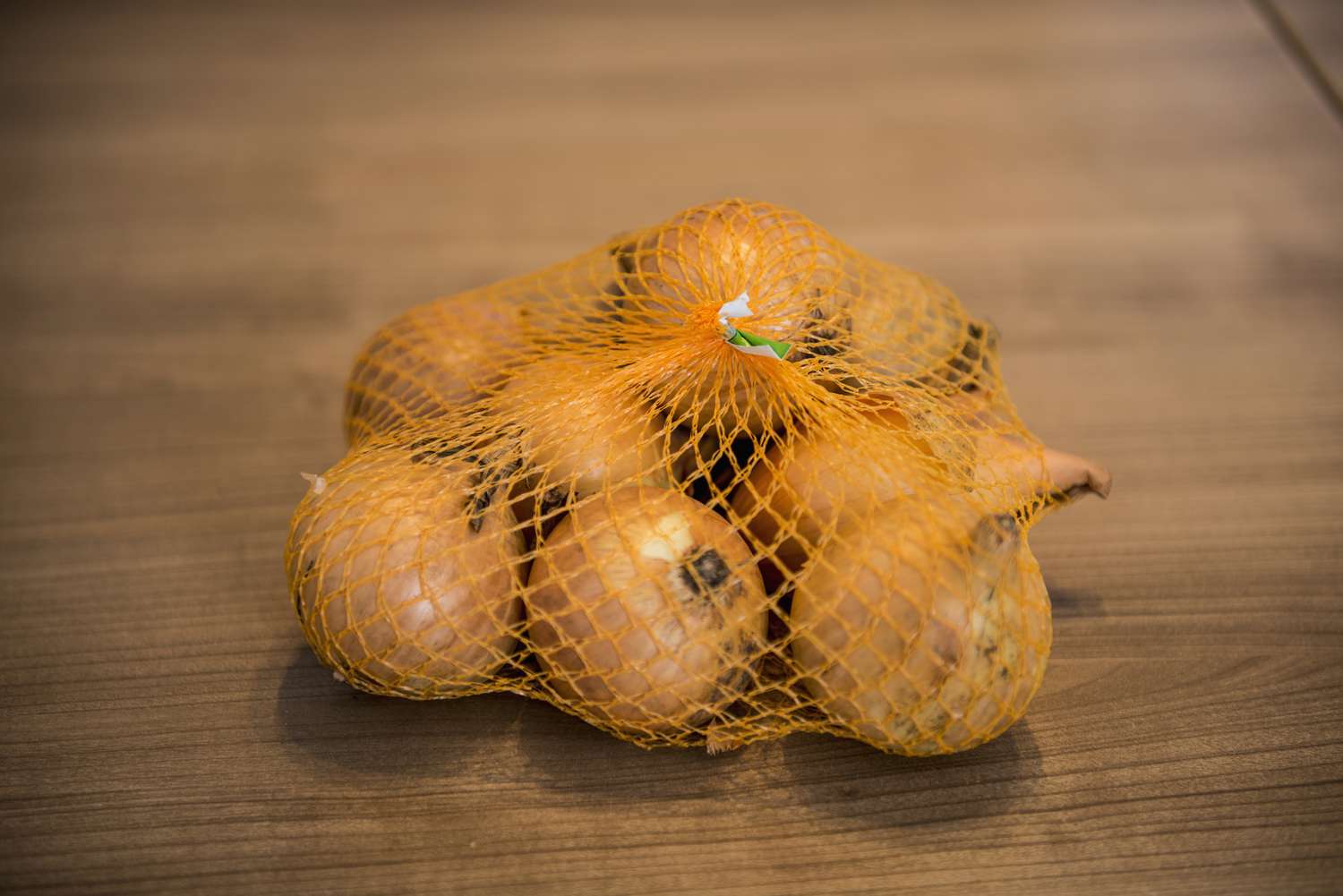
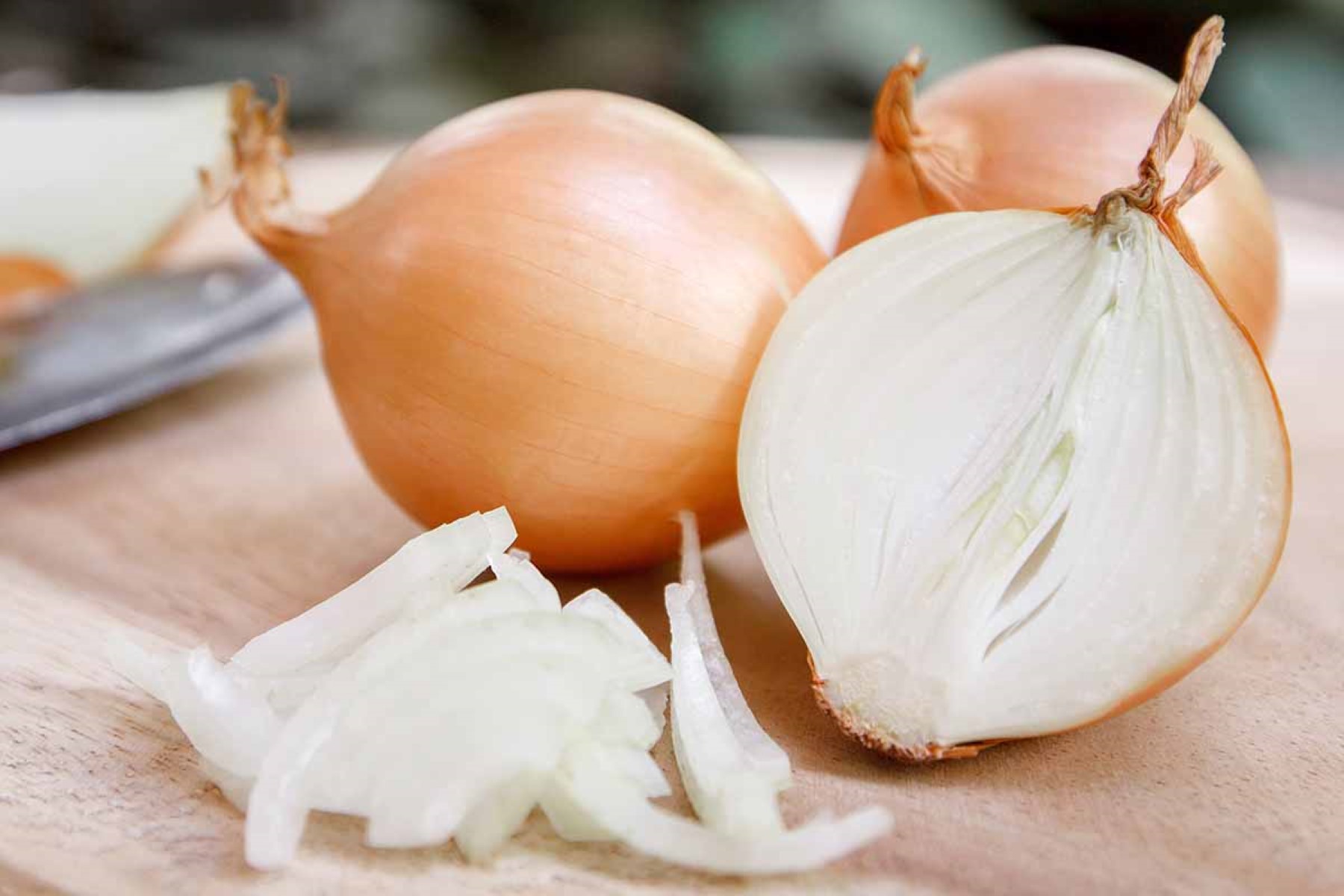
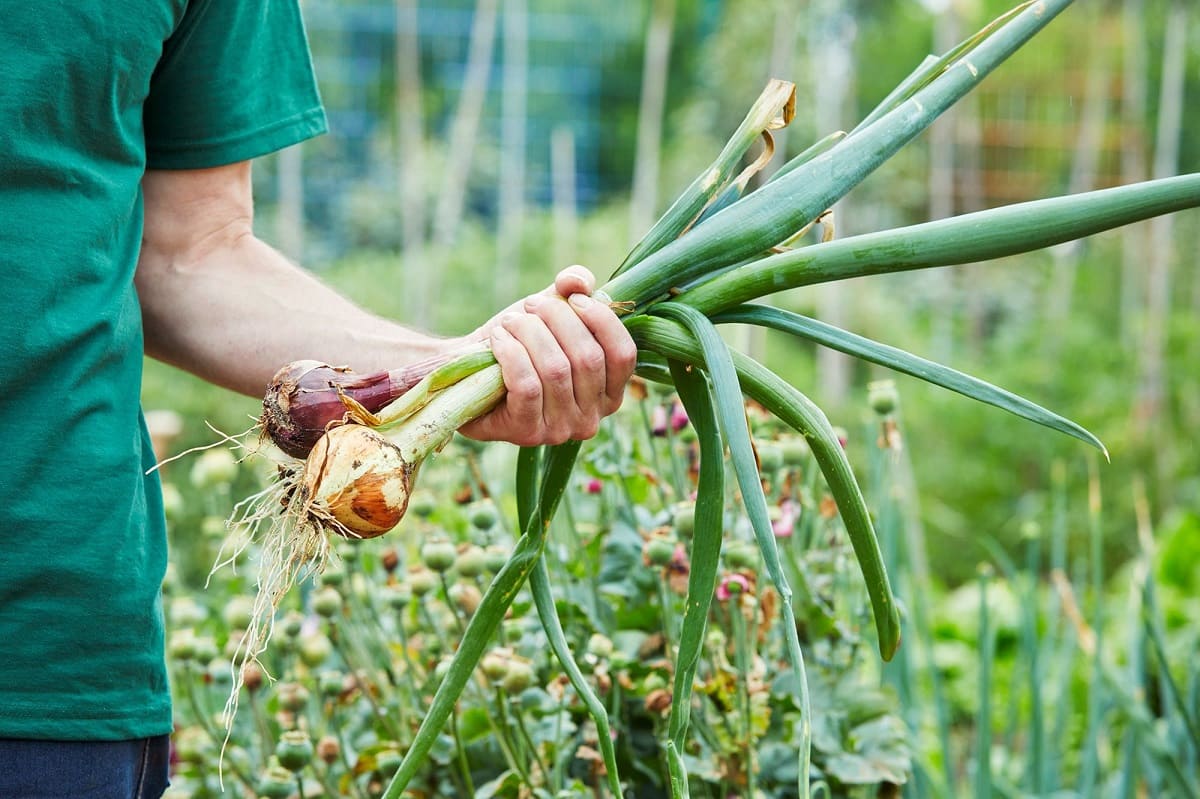
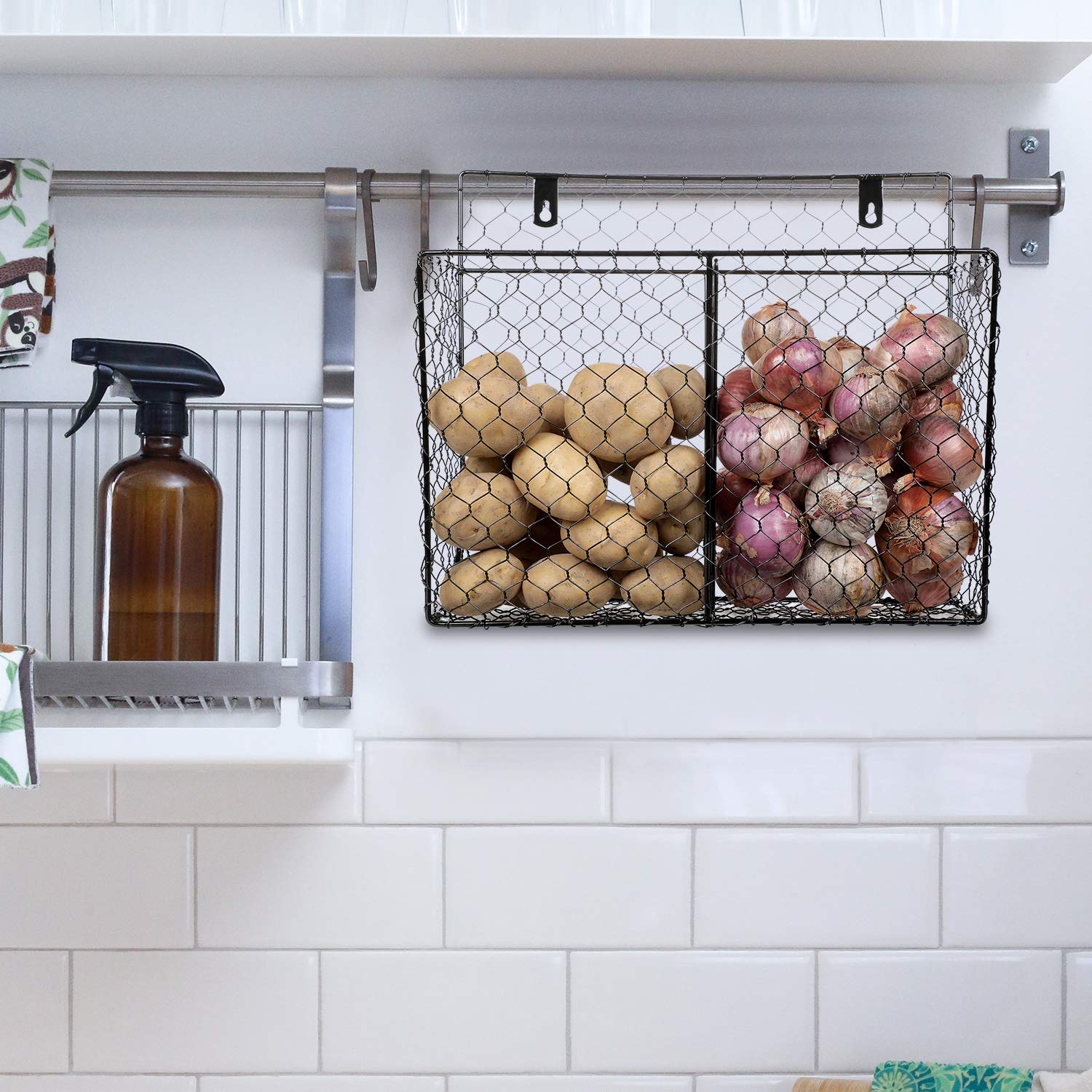
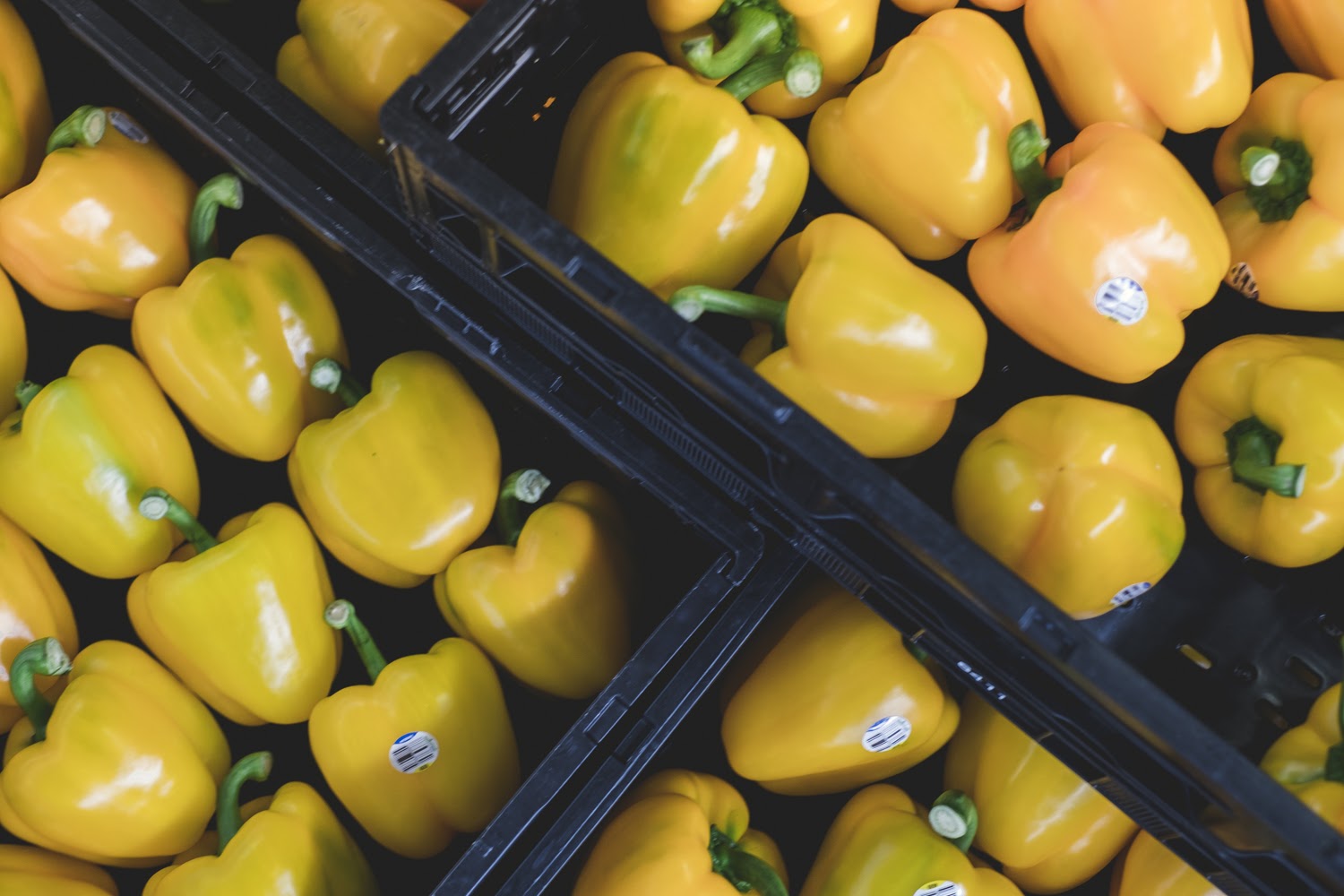
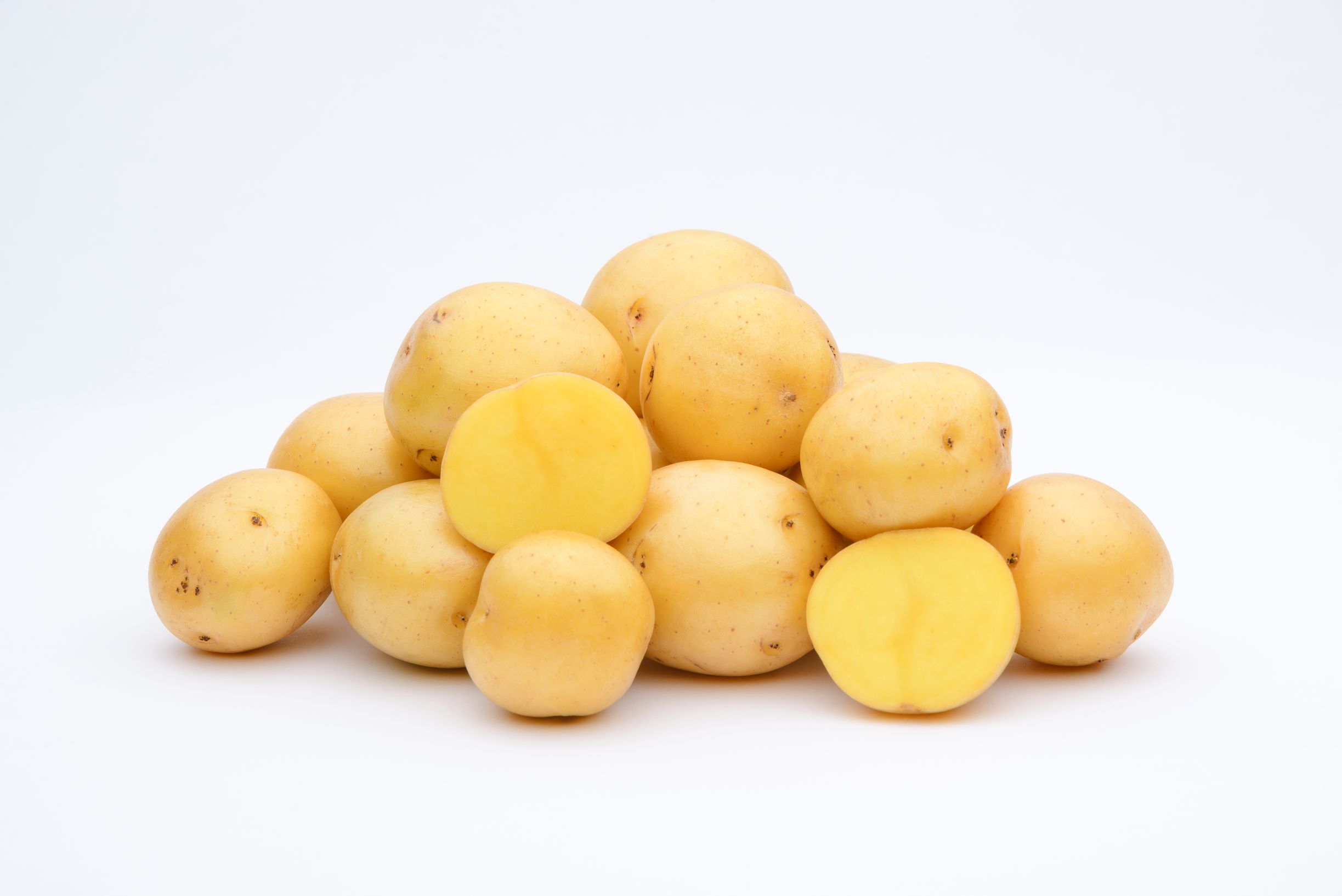

0 thoughts on “How To Store Yellow Onions”